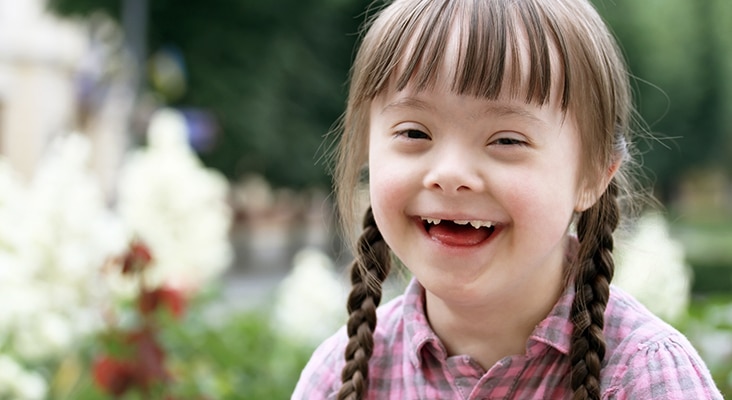Caring for Kids With Down Syndrome
Trisomy 21, or Down syndrome, is the most common chromosomal disorder, affecting approximately one in 700 live births. It is characterized by an extra copy of chromosome 21, usually due to nondisjunction of the chromosome, resulting in physical and developmental disabilities. According to estimates, more than 250,000 Americans live with trisomy 21, and between 1979 and 2003, there was more than a 30% increase in the number of babies born with the disorder. Additionally, survival rates have improved over the past several decades. Due to the relatively large population of affected individuals and high frequence of occurrence (compared with other chromosomal disorders), there is an increasing need for oral health professionals to care for these patients. Many children with trisomy 21 can be seen in private dental settings for routine care—but in order to provide safe and effective treatment, clinicians should possess a thorough understanding of the patient’s condition.
Increasing maternal age is a known risk factor for nondisjunction.
 manonallard / E+
manonallard / E+
Typical features of trisomy 21 include which of the following?
 SDI Productions / E+
SDI Productions / E+
Nearly what percentage of children with Down syndrome are also born with congenital heart defects?
 FroggyFrogg / iStock / Getty Images Plus
FroggyFrogg / iStock / Getty Images Plus
Children with Down syndrome rarely experience hearing loss or chronic otitis media.
 Tatiana Dyuvbanova / iStock / Getty Images Plus
Tatiana Dyuvbanova / iStock / Getty Images Plus
Compared to the general population, children with trisomy 21 are at a greater risk for cervical spine instability (also known as atlantoaxial instability).
 SDI Productions / E+
SDI Productions / E+
Behavior management techniques, such as desensitization, the tell-show-do approach, and positive reinforcement, can improve behavioral outcomes and encourage patients with Down syndrome to practice good oral hygiene at home.
 DenKuvaiev / iStock / Getty Images Plus
DenKuvaiev / iStock / Getty Images Plus
Share your Results:

